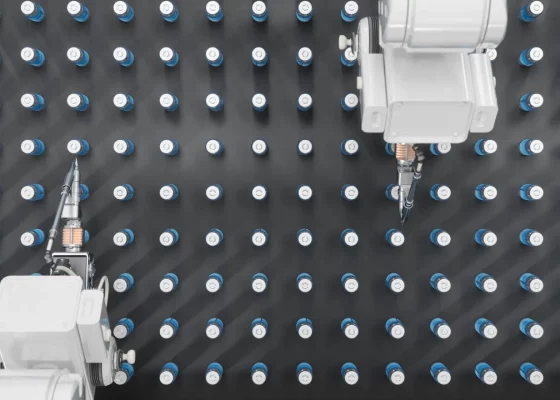Yes is the short answer, but only if ‘effective policy and uptake drivers’ are put in place, says the boss of the Generic and Biosimilar Medicines Association.
The independent chair of the Generic and Biosimilar Medicines Association says Australia’s healthcare system could recover more than $1 billion in savings over the next five years if “effective policy and uptake drivers” were put in place to make the most of the incoming wave of biosimilars.
Professor Jane Halton said economic modelling showed that each biosimilar molecule to be listed on the Pharmaceutical Benefits Scheme could return up to $100 million to the health budget.
“This pending wave of biosimilars will deliver unprecedented levels of new savings that can, and should, be channelled to help ease the health and hip pocket burden on Australia’s most vulnerable patients,” said Professor Halton.
“Further, GBMA continues to advocate for policies that, if adopted, will provide Australians with earlier and more affordable access to the vital therapies and health services they desperately need.”
GBMA is also collaborating with the Australian Patient Advocacy Alliance to identify key unfunded healthcare priorities of the 12 million Australians struggling with chronic disease.
The CEO of the APAA, Deidre Mackechnie, said the potential funds recovered via the use of biosimilars could be transformative for those living with multiple complex conditions.
“We must look at all options for removing barriers to treatment including cost,” Ms Mackechnie said.
“In a relentless cost-of-living crisis, too many of these patients are going without their medicines. Disadvantaged Australians in particular are being forced to choose between paying their rent or mortgage and seeing a doctor.”
Biosimilars could offset high-cost biologic medicines in the long-term treatment of chronic diseases such as cancers, rheumatoid arthritis, Crohn’s disease and multiple sclerosis, said Marnie Peterson, the CEO of the GBMA.
“Even with the anticipated arrival of so many biosimilars over the next five years, we still need to implement policies that will amplify their uptake among patients and their specialists,” Ms Peterson said.
“A strong biosimilar market in Australia will, in turn, help ensure that Australians continue to access world-class healthcare.”
Biosimilar brands of medicine come onto the market after the patent for the equivalent reference brand of a biological medicine has expired. They provide more brand options for the same clinical results and introduce competition into the medicines market. They have been available and in use for more than 15 years.



